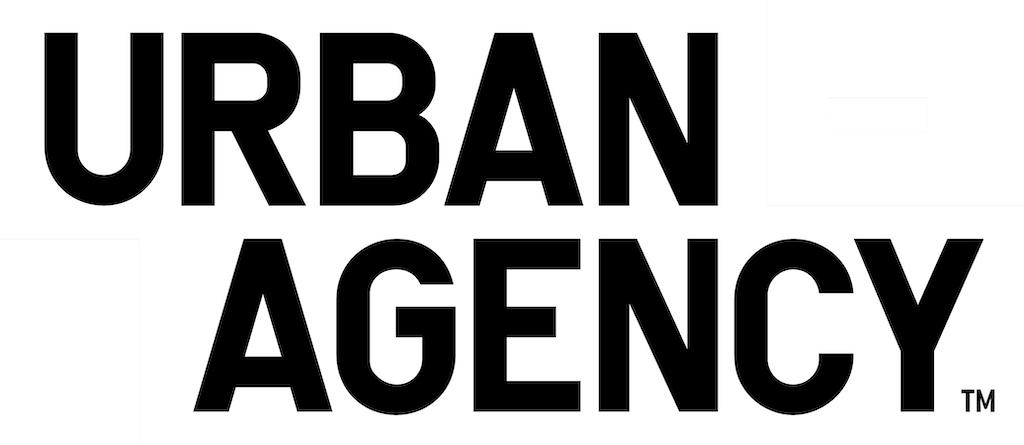PEMBROKE PARK
LEARNING FROM HISTORY
Situated off Pembroke Park Road, the stand alone building of St Mary’s, a former nursing home, sits starkly in the middle of a sizable urban plot. A typical example of past Irish institutional architecture, the building was deemed a dated facility and has lain out of use for over a year. This project aims to reintroduce a sense of life and function to this now defunct building and stagnant site by fostering the development of a new community. The irregularly shaped grounds of the old home inspire innovative planning to evolve the site’s role as a space for modern urban living. Lying within a minute’s walk of Herbert Park, the development will benefit from its 32 acres of open space including tennis courts, lawns and pond, whilst also existing within the broader vicinity of Dublin’s bustling city centre.
The plan’s concept evolves from the historical urban design principle based on ‘voids’ or open spaces where the defining edges are formed by building structures. This equates to a cohesive plan that considers both indoor and outdoor zones, as promoted by historic urban layouts, from the ancient city of Rome to the national treasure of Trinity College’s campus in Dublin.
Recycling the existing façade of the Victorian building, the project creates new space by extending upwards. Drawing inspiration from historical prototypes, the design renders the roof habitable, paying homage to Victorian domestic architecture which often incorporated sleeping quarters into the attic space. This concept is carried through to the present by replacing the typically steep pitch of the Victorian roof with a more gradual gradient, maximising room in the upper storey. Seamlessly integrating the roof with living space, the design takes what is often considered a void - the roof - and renders it a functioning spatial entity.
Like the original building, the three additional blocks each possess an individual identity, yet integrate into the site as a whole by framing the outdoor spaces. The block adjoining the Victorian home emphasises materiality and triangular forms, emulating the spirit of the existing structure. Expressed in red-brick herringbone and brick relief, these apartment facades are influenced by the Arts and Crafts movement of the Victorian period, following the principles to maintain integrity of design and materials. Their exaggerated roof pitch references the Victorian triangular gable and marks a stark contrast with the two additional blocks which instead nod to the geometric simplicity of the characteristic Dublin Georgian terrace.
The proposed gardens truly manifest the concept of voids and courtyards becoming outdoor ‘rooms’, proving to be as integral to the plan as the buildings. Forming a forecourt to the home, the Sculpture Garden presents a welcoming threshold between the street and the development and engages both residents and the public alike by offering art installations and seating. The densely planted Wood Garden comprises a more private area, cushioned from the urban streetscape beyond, offering an oasis of greenery in a city development. Juxtaposing these solitary trails, the Walled Garden is envisaged as a sweeping open space that facilitates community interaction and outdoor activities, regaining the social centre of the traditional village to anchor a sense of place. In addition, each ground floor home is bordered with a private buffer garden, posing a transition from public to private space.
By taking the compact, angular site as the starting point, the overall design plan revolves around the architectural symbiosis of negative space and solid forms, shaping spaces and structures that are as embedded into the landscape as the original Victorian building.
Type of project: Residential
Program: 64 apartments
Size: 4,300 sqm
Location: Pembroke Park, Dublin 4, Ireland
Client: Richmond Homes
Collaborators: NMP, John Spain Associates, OCSC
Type: Commission
Status: Planning Permission Granted



